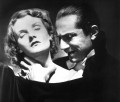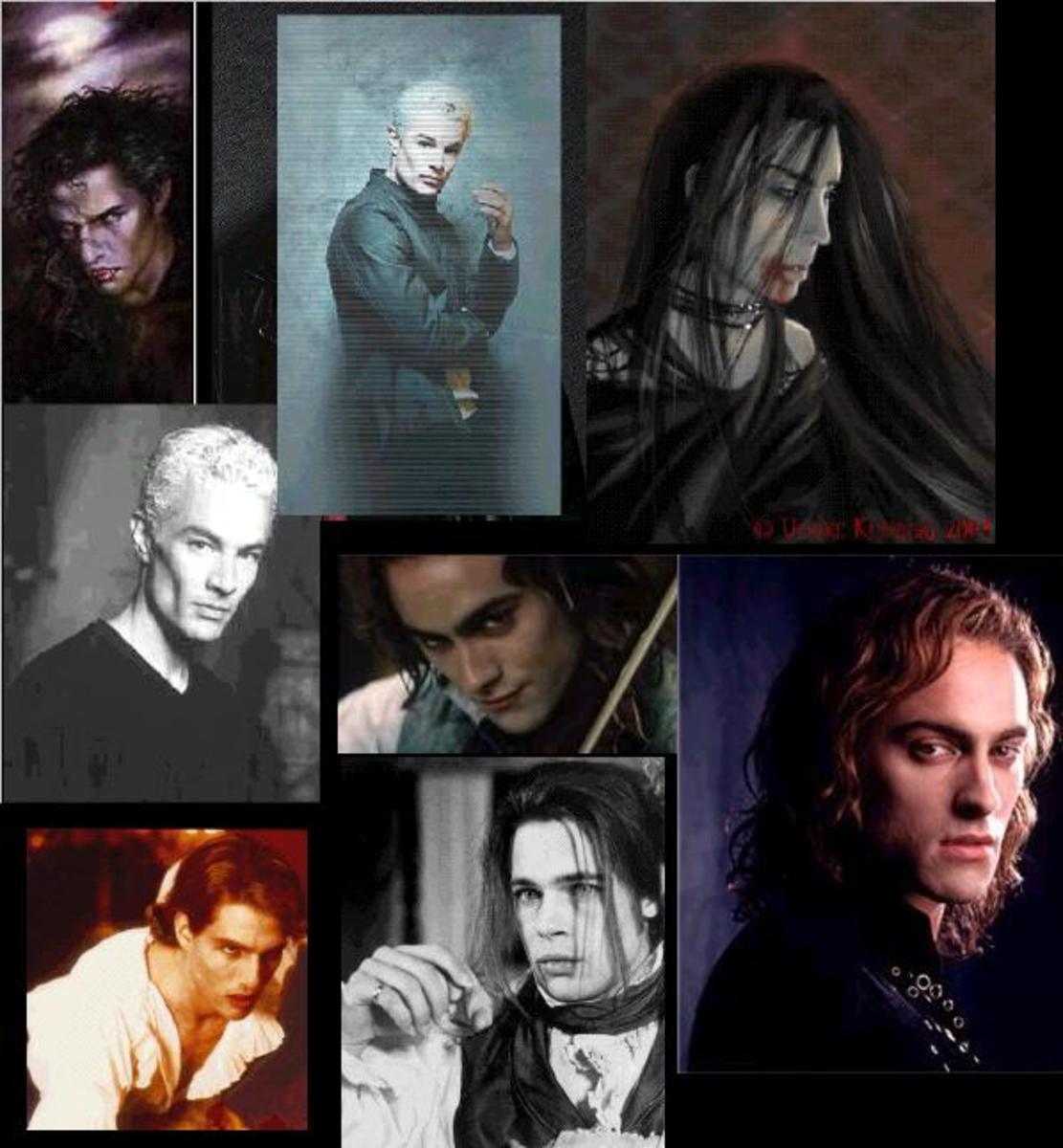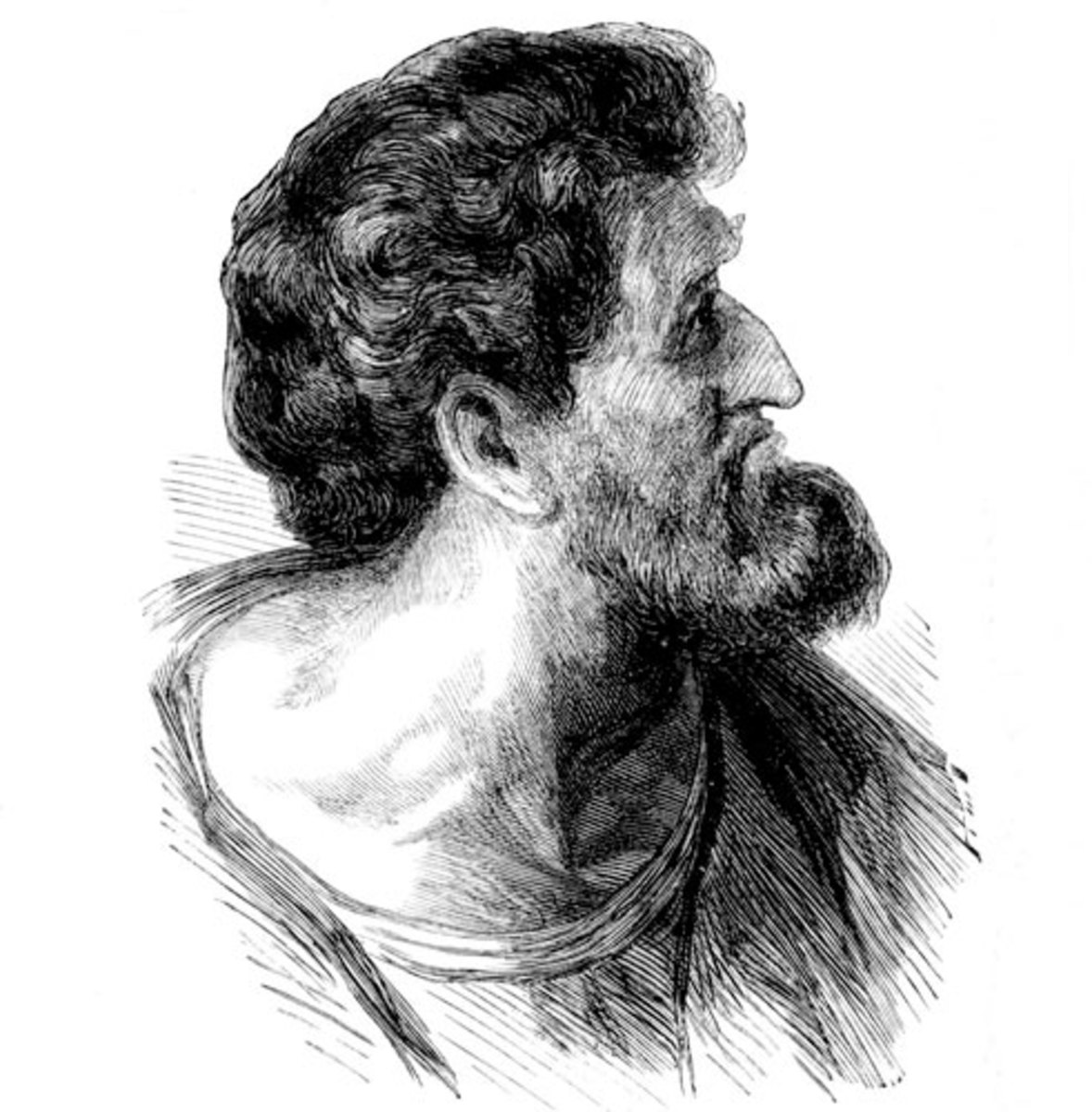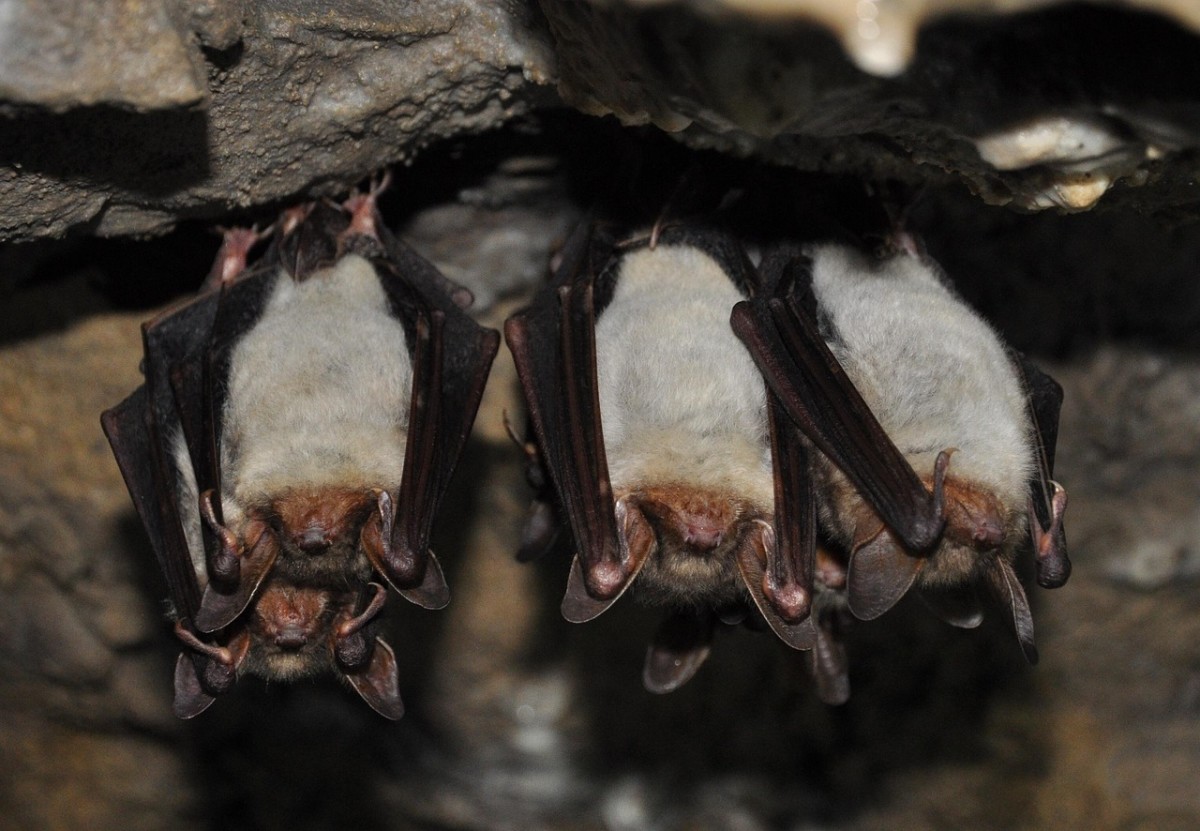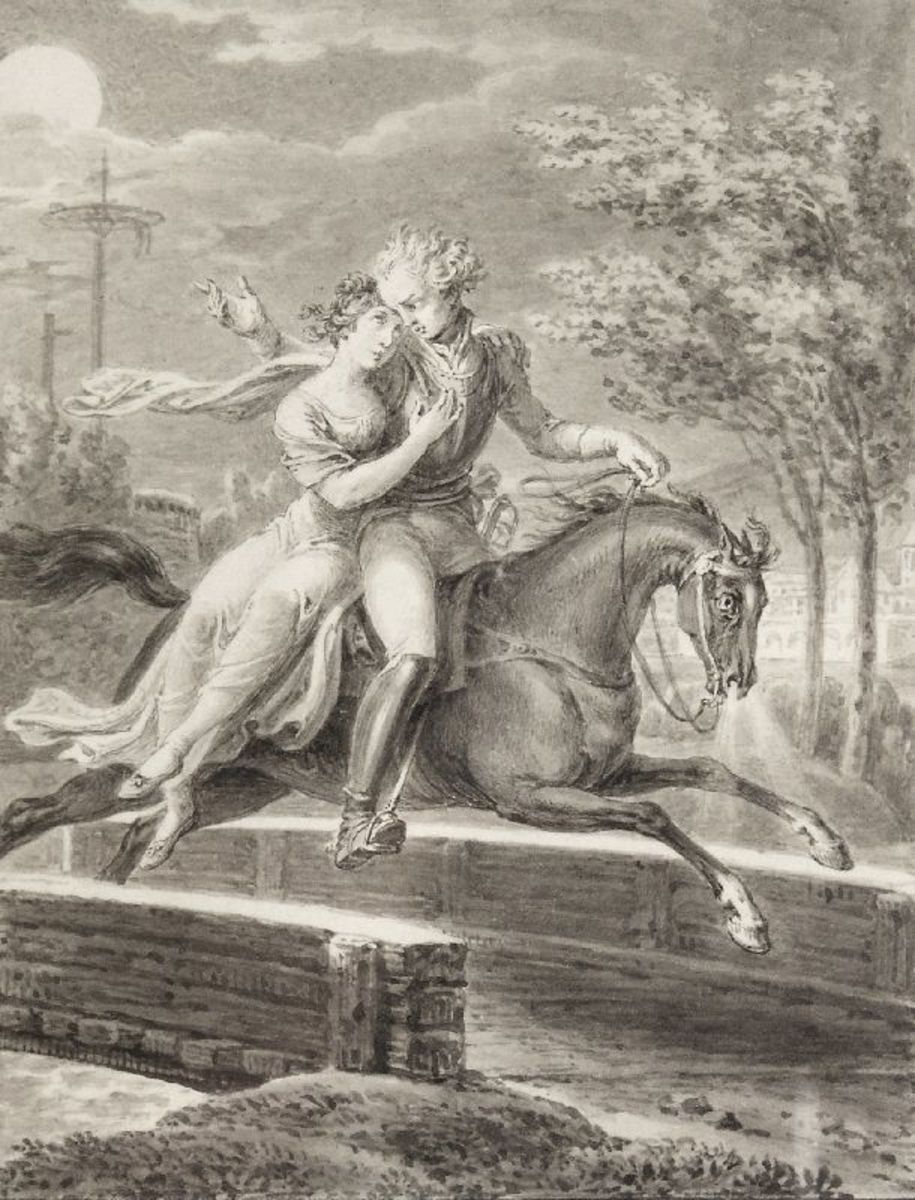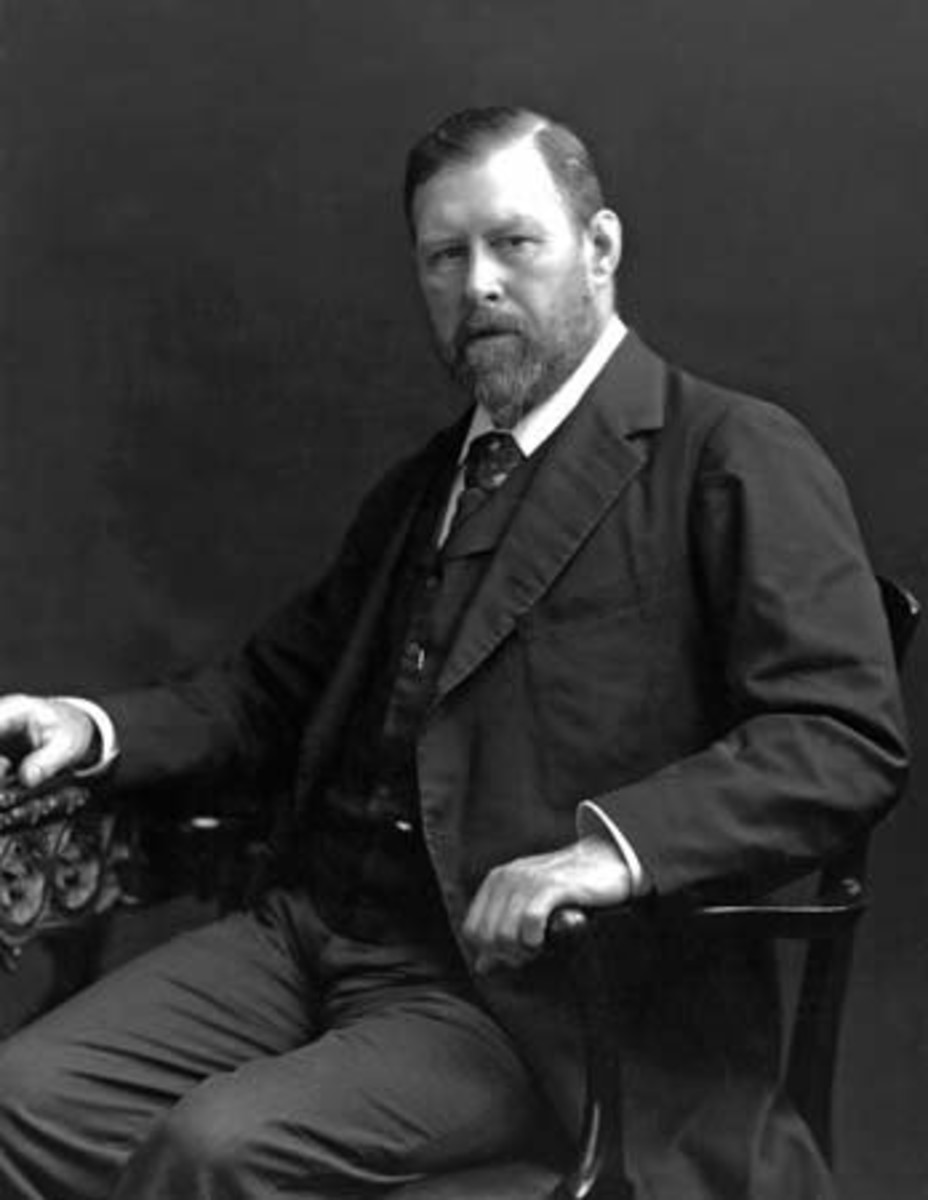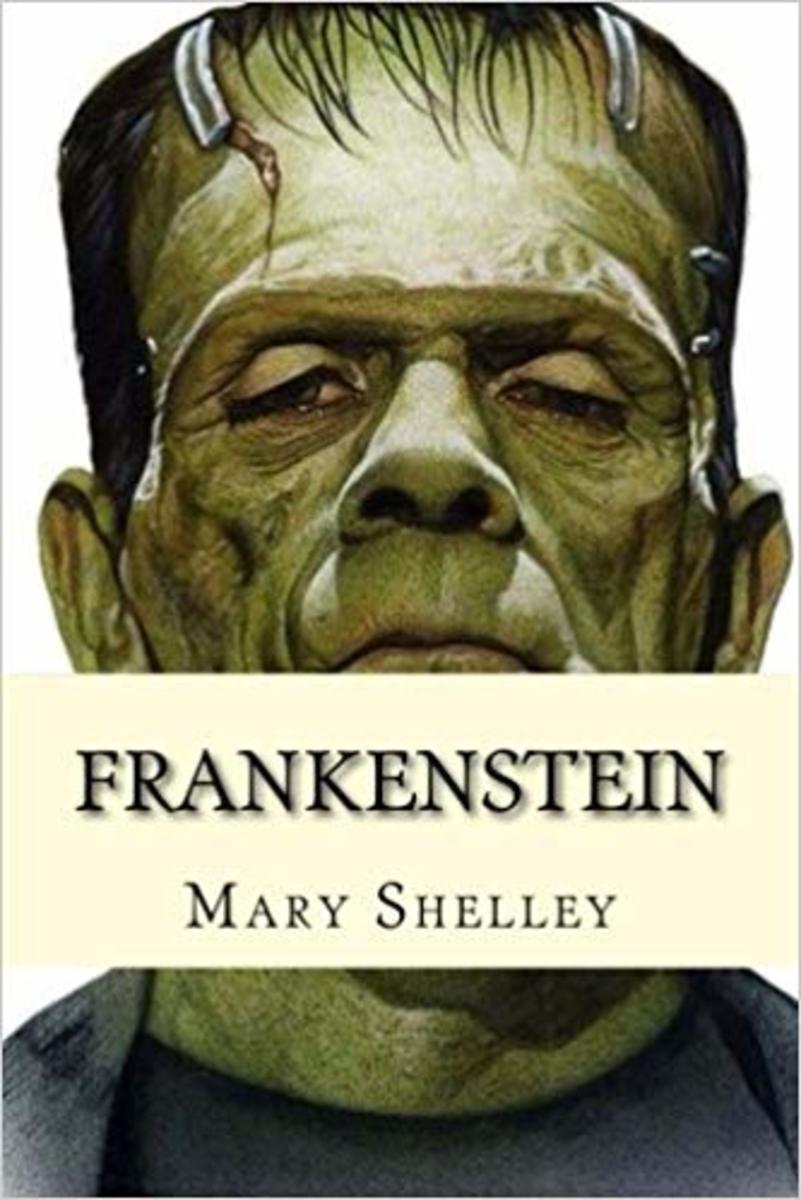- HubPages»
- Books, Literature, and Writing»
- Books & Novels»
- Fiction»
- Science Fiction & Fantasy Books
Why I Like Vampires As Monsters
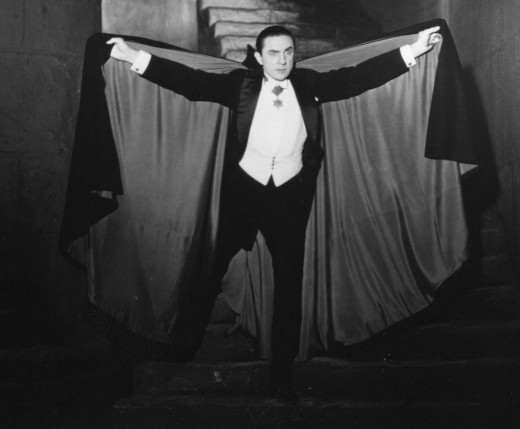
Introduction
Recently I have been contemplating writing a story that centers around vampires and an organization that hunts them. This got me to thinking about why I like vampires and how to go about making an interesting vampire. Obviously this little article is about the first. However, I do also plan to write an article on the second. Without further ado then, I shall begin with my reasons for liking vampires as monstrous villain types.
Definitions
Parasite n.
an organism that lives in or on another organism (its host) and benefits by deriving nutrients at the host's expense.
- derogatory a person who habitually relies on or exploits others and gives nothing in return
I. They Are Parasitical Creatures
Scientifically speaking, since vampires don’t actually live on or in a being from which they derive nourishment, they are not parasitical creatures. However, they do fit with the other definition of a parasite. They move through the world feeding on human beings, and yet they add little to society except for negatives like bloodshed and death. Of course, vampires vary depending on what exact sort of vampire series one likes. However, I do feel as though most of the vampires I like fall into this category. This is basically because of the next point.
Exceptions
There are of course exceptions to this rule. In The Dresden Files, The White Court Vampires fall more in line with the mythical creatures known as succubi and incubi. They still feed off of life, but they do so through passion and emotion rather than blood.
II. They Are Bloodsucking Fiends
One of the most salient points in vampire lore is that they drink blood. Many other things differ, but this is the hallmark standard of the vampire. The reason vampires are bloodsucking fiends is that blood is a great representation of life itself. In Bram Stoker’s Dracula, this point is made by the somewhat pitiable character of Reinfield when he uses the Scriptural reference that states, “The blood is life.” Therefore vampires are creatures that feed on life itself, and this is what makes them such great monsters.
Bram Stoker's Dracula
III. They Are Quite Human In Nature
This point along with the next one is what makes vampires such great and terrifying monsters. Let us compare them to other monsters of myth and legend. When someone sees a dragon, he is pretty sure that he has seen a dragon. It really is quite hard to mistake a great massive, fire breathing reptile for anything else. The same is true of sea monsters, giants, trolls, and a whole host of other monsters. Not all, but many monsters, are easy to recognize as monsters. But vampires are different. They may have pale skin, dark eyes, and blood red lips, but all of those things are possible in a human. Vampires can walk among humans and not be noticed by them as being anything other than human. This is of course only up until the point where they strike to feed on another’s life. Furthermore, vampires, at least the powerful ones, are often portrayed as being suave and intelligent. They are the sort that people swoon over in old books. So not only are they human in appearance, but they seem to be astonishingly likable and attractive to humans.
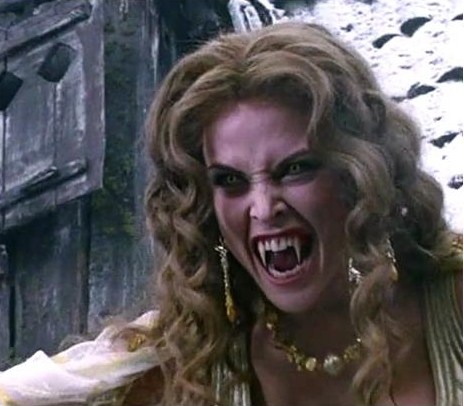
IV. They Are Quite Bestial In Nature
I know that some might debate this fact, depending on what sort of vampire they like, but the classic vampire actually has quite a bestial nature. It is a predatory animal driven at least in part by its need to consume the life energy or blood of others. An actual great example of this animal nature appears in a terrible movie entitled Van Helsing. It is sort of but not really based on Bram Stoker’s Dracula. In the scene, Dracula basically cows the brides, who have been shown to be powerful predators themselves.
Dracula Cows the Brides From Van Helsing
What is being displayed here is the animal nature of the predatory creature, the vampire. Dracula is the alpha. He is the most powerful, and therefore the brides are cowed by him when he chooses to remind them of who is boss. This is the nature of the classic vampire. They are intelligent like humans but are also predatory beasts. It is the combination of these two things that make the vampire such a fascinating and terrifying monster.
James N. Frey's Life Symbols
Life symbols according to James N. Frey are those symbols that are discovered in the story itself. For example take a story about a knight, who is told by his father that he will receive the old family sword if he succeeds in a quest. The sword becomes a symbol of success to the knight and to the reader both. Therefore when the knight receives the sword, it symbolizes his success in the quest(119).
V. The Symbolism
Now, I’m not really one, who goes in for symbolism all that much. I tend to agree with James N. Frey, author of How To Write A Damn Good Novel, when he says, “These life symbols are symbols not only to the reader, but to the character as well."(119). Vampires do not completely fit what he identifies as a life symbol, but I do think they fit in with the idea of a symbol that represents the same thing to the characters as to the reader. Classical vampires are a symbol of human passion without the restraint of conscience. The human characters in a story can easily view them the same way. It is this symbolism that makes them so monstrous. They have all the intelligence and all the passion that can make humans great, but this intelligence and passion is not constrained by conscience. They are also a symbol of that which terrifies all men, death itself.
Vampire Poll
What type of Vampire Do You lLike
Conclusion
I will admit that I actually began reading vampire stories later in life, and I am by no means an expert on the things that I have here discussed. It is these things though that have drawn me to these monsters. It is to me what makes them so terrifying when done right, and it is the lack of these things that make them so lackluster when done wrong.
Works Cited
Page By Page Books. "Dracula." 5/8/2015 <http://www.pagebypagebooks.com/Bram_Stoker/Dracula/CHAPTER_18_p2.html>
Frey, James N. How To Write A Damn Good Novel. New York: St. Martin's Press, 1987. Print



